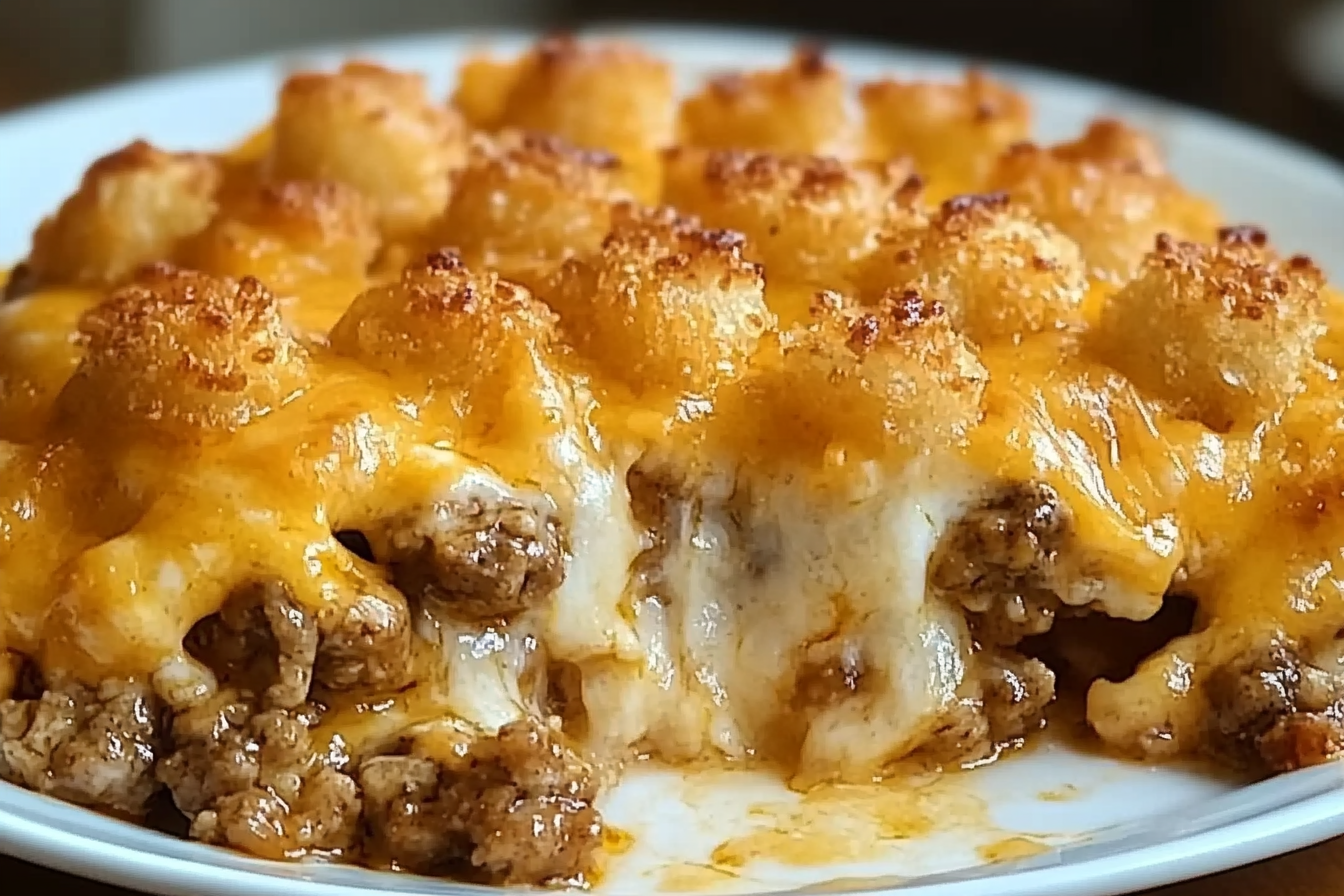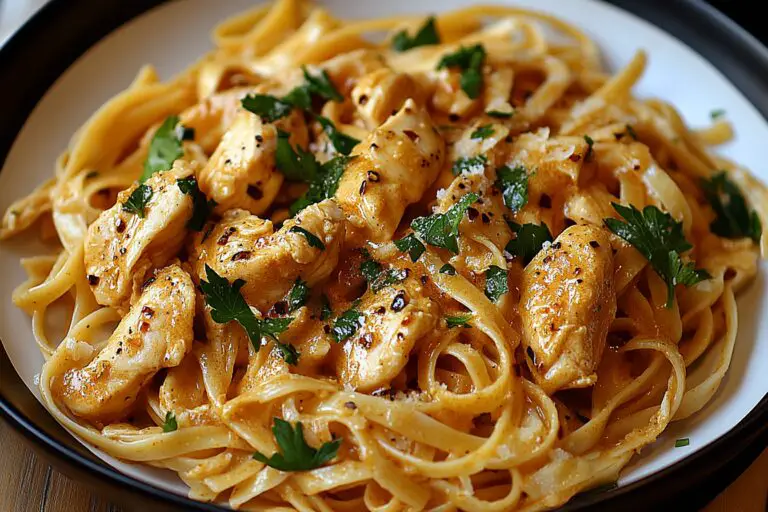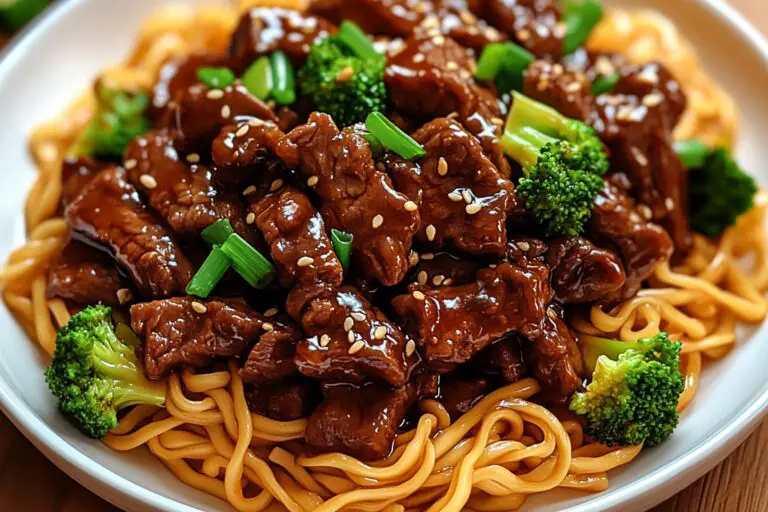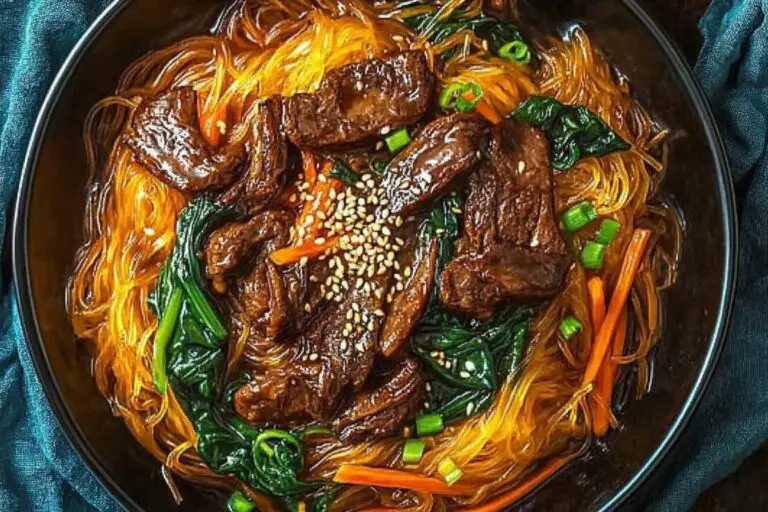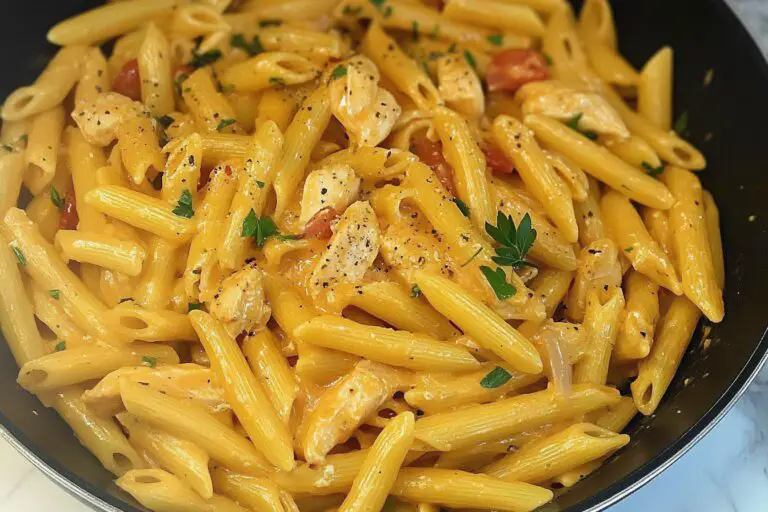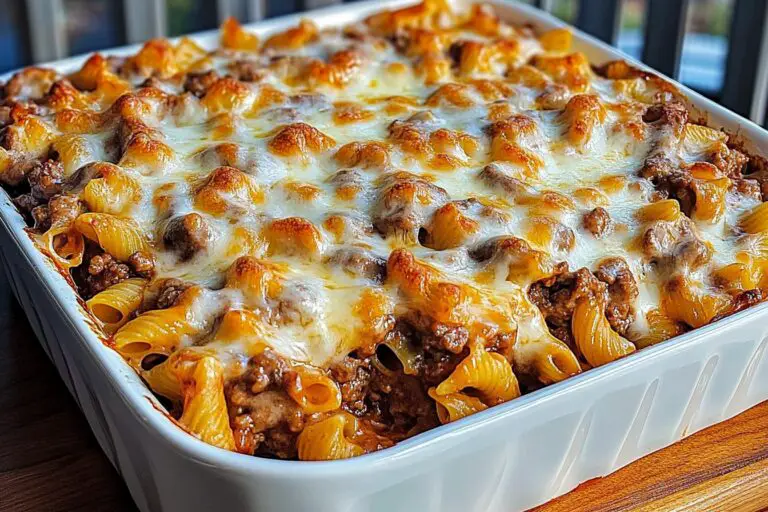Cheesy and Comforting Dish
Introduction
Cheesy and comforting, this dish is a perfect recipe for those chilly days when you want something warm and satisfying. Its rich, creamy texture combined with gooey cheese makes it a hit with family and friends alike. Whether you’re serving it as a main course or a side dish, this comforting meal will surely please everyone’s palate.
Detailed Ingredients with measures
– Pasta: 2 cups
– Cheddar cheese: 1 cup, shredded
– Mozzarella cheese: 1 cup, shredded
– Cream cheese: 8 ounces
– Milk: 1 cup
– Butter: 2 tablespoons
– Garlic powder: 1 teaspoon
– Salt: ½ teaspoon
– Pepper: ½ teaspoon
– Bread crumbs: ½ cup (optional for topping)
Prep Time
20 minutes
Cook Time, Total Time, Yield
Cook Time: 30 minutes
Total Time: 50 minutes
Yield: Serves 4-6
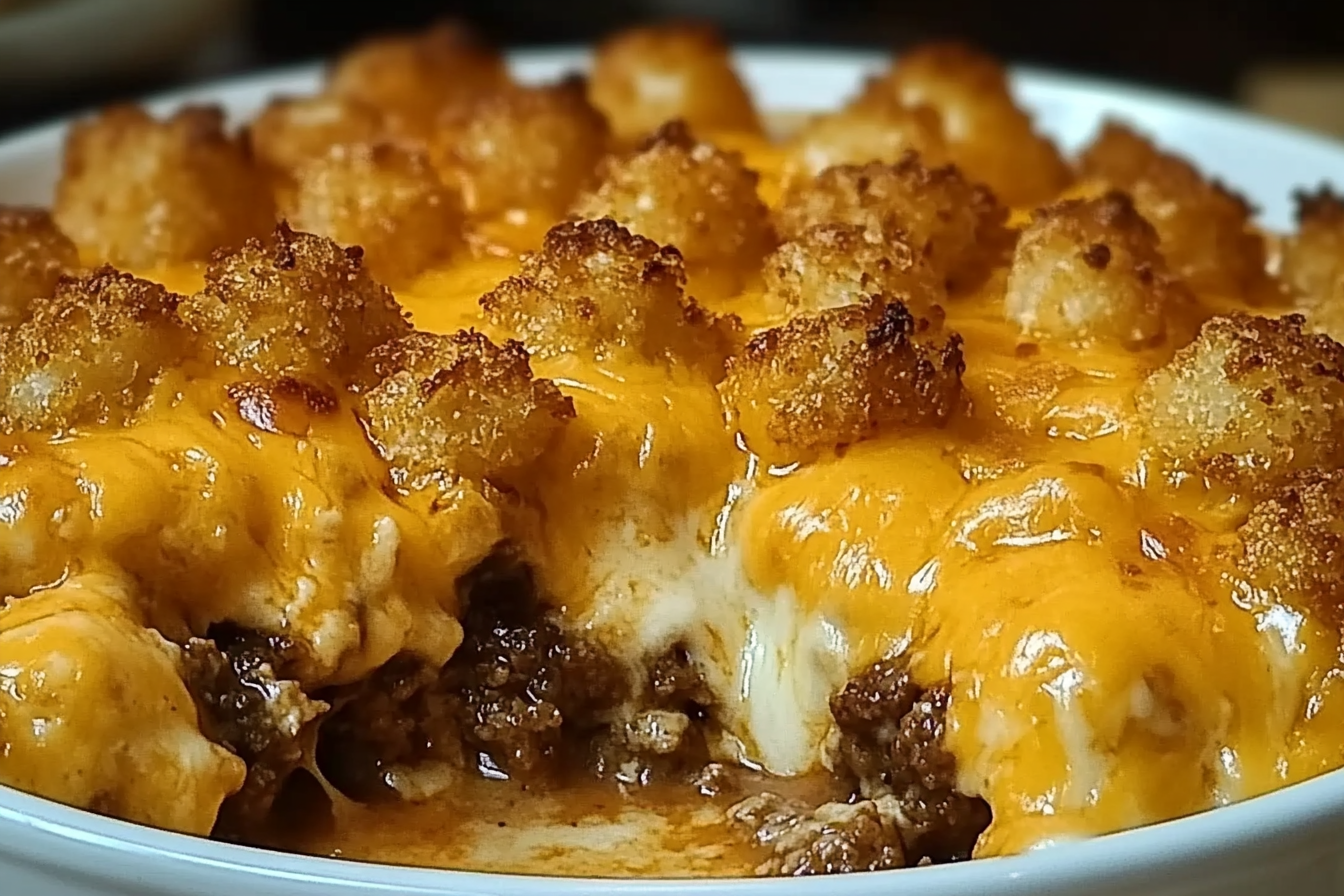
Detailed Directions and Instructions
Step 1: Preheat the Oven
Preheat your oven to 350°F (175°C) to ensure it reaches the right temperature while you prepare the dish.
Step 2: Prepare the Dish
Grease a baking dish or casserole with butter or cooking spray to prevent sticking.
Step 3: Cook the Base
In a large skillet over medium heat, melt butter. Add chopped onions and sauté until translucent.
Step 4: Incorporate Other Ingredients
Add garlic to the skillet and cook for another minute until fragrant. Stir in your choice of diced vegetables and cook until they are slightly tender.
Step 5: Add Cheese and Other Components
Mix in shredded cheese of your choice, stirring until melted and combined with the vegetable mixture.
Step 6: Mix Everything Together
In a separate bowl, combine cooked pasta or rice with the cheese mixture. Ensure everything is evenly mixed.
Step 7: Transfer to Baking Dish
Pour the mixture into the prepared baking dish, spreading it out evenly.
Step 8: Baking Time
Bake in the preheated oven for about 25-30 minutes, or until the top is golden and bubbly.
Step 9: Cool Before Serving
Allow the dish to cool for a few minutes after removing it from the oven. This will make it easier to serve and enhance the flavors.
Notes
Note 1: Cheese Variations
Feel free to use different types of cheese like mozzarella, cheddar, or even a blend for a richer taste.
Note 2: Add Protein
To make the dish more filling, consider adding cooked chicken, sausage, or beans to the mixture.
Note 3: Storage Instructions
Store any leftovers in an airtight container in the fridge for up to 3 days.
Note 4: Reheating Guidelines
Reheat in the microwave or oven until heated through. Add a splash of milk to keep it creamy.

Cook techniques
Cheese Melting
To achieve the perfect cheese melt, use low to medium heat. Grate the cheese for better melting and add it gradually into the dish while stirring continuously.
Layering Flavors
Incorporate ingredients progressively to build layers of flavor. Start with aromatics such as onions and garlic, followed by vegetables and proteins, allowing each to cook and release its taste before adding the next.
Cooking Pasta
Always salt the water before boiling pasta. This enhances the flavor of the pasta. Cook until al dente for a tender yet firm texture.
Thickening Sauces
Use a roux (equal parts flour and fat) or cornstarch slurry to thicken sauces. Gradually add the thickening agent, stirring constantly until desired consistency is reached.
Roasting
Roasting brings out the natural sweetness of vegetables and proteins. Preheat the oven and use enough space between items on the baking sheet to ensure even roasting.
Simmering
Simmering allows for gentle cooking, which helps to develop flavors over time. Keep the liquid at a low bubble and avoid boiling to maintain the integrity of the ingredients.
Seasoning
Taste as you cook and adjust seasoning gradually. Start with salt and pepper, then build complexity with herbs and spices towards the end of cooking.
FAQ
What type of cheese is best for melting?
Cheeses like mozzarella, fontina, and cheddar are excellent choices for melting due to their moisture content and fat.
How do I prevent pasta from sticking together?
Make sure to use plenty of boiling water and stir the pasta occasionally during cooking. You can also toss it with a little olive oil after draining.
What is the ideal temperature for roasting?
Most vegetables and meat roast well at temperatures between 400°F to 450°F (200°C to 230°C) to achieve a nice caramelization.
How long should I simmer a sauce?
Sauces typically require a simmering time of 15 to 30 minutes to develop flavors, but it can vary depending on the recipe.
Can I thicken a sauce without flour?
Yes, you can use pureed vegetables, cornstarch, arrowroot, or even mashed potatoes to thicken sauces without flour.
Should I add salt before or after cooking?
It is best to add salt during cooking to enhance flavor and help tenderize ingredients, but adjust the final seasoning to taste before serving.
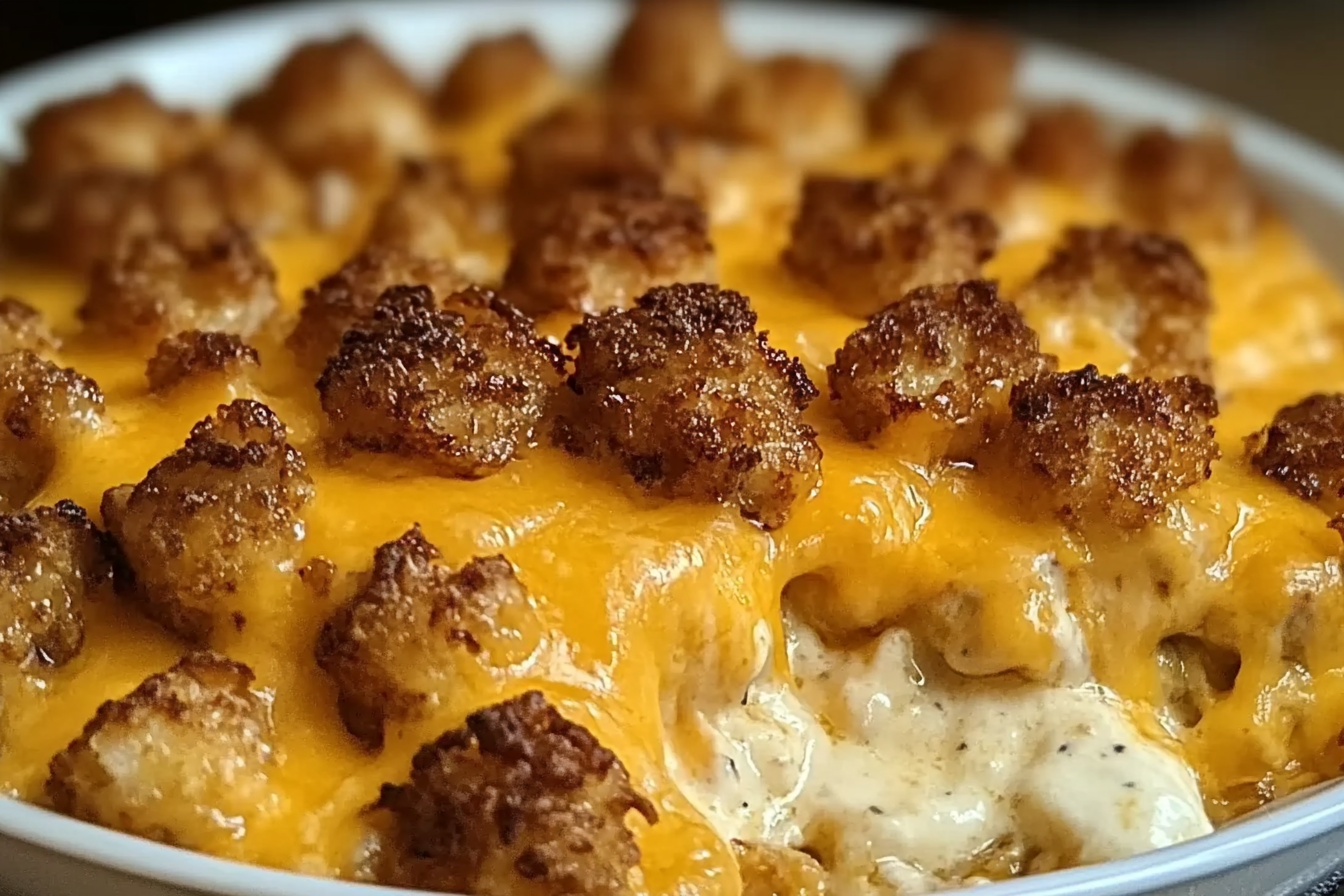
Conclusion
The Cheesy and Comforting dish is a delightful addition to any meal, combining rich flavors and creamy textures that satisfy the palate. Perfect for gatherings or cozy nights in, this recipe showcases the beauty of comfort food, reminding us that a well-crafted dish brings warmth and joy to our dining experiences.
More recipes suggestions and combination
Cheesy Spinach and Artichoke Dip
A decadent dip featuring cream cheese, mozzarella, spinach, and artichokes. Serve it warm with tortilla chips or crusty bread for a delightful appetizer.
Macaroni and Cheese with a Twist
Upgrade your classic mac and cheese by adding crispy bacon, sautéed mushrooms, or spicy jalapeños to create a unique flavor profile.
Three-Cheese Lasagna
Layer rich ricotta, gooey mozzarella, and sharp Parmesan with your favorite marinara sauce for a comforting Italian meal that the whole family will love.
Cheesy Veggie Quesadillas
Stuff flour tortillas with a mix of your favorite vegetables and a melty cheese blend, then grill until crispy for a quick and satisfying snack.
Stuffed Bell Peppers with Cheese
Fill bell peppers with a mix of ground meat, rice, and cheese, then bake until tender. These colorful delights are as nutritious as they are delicious.

